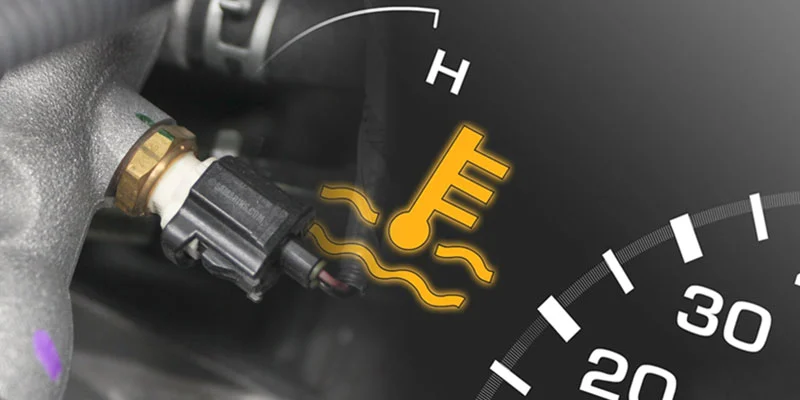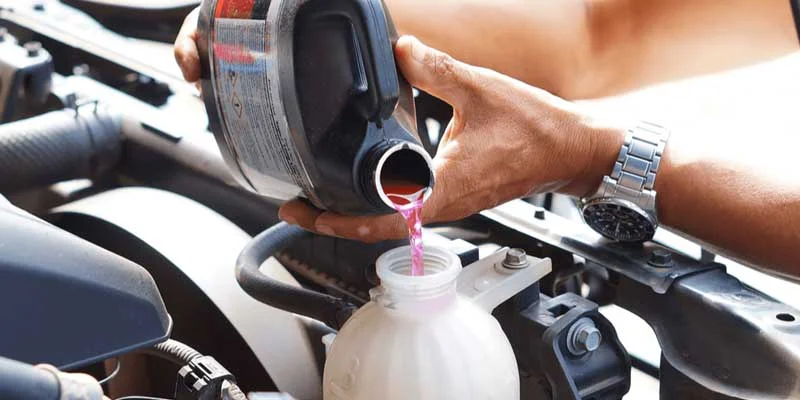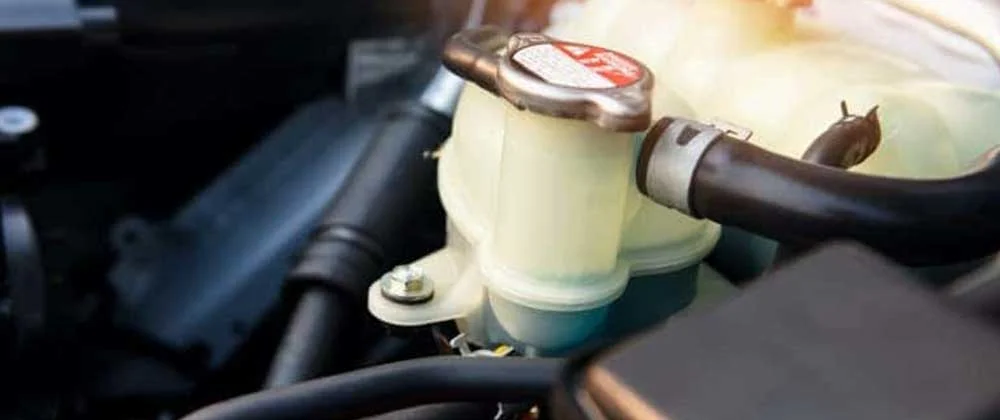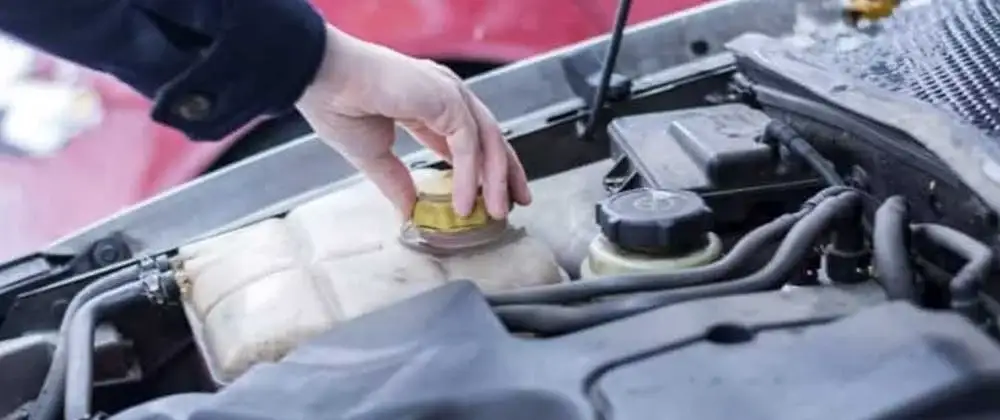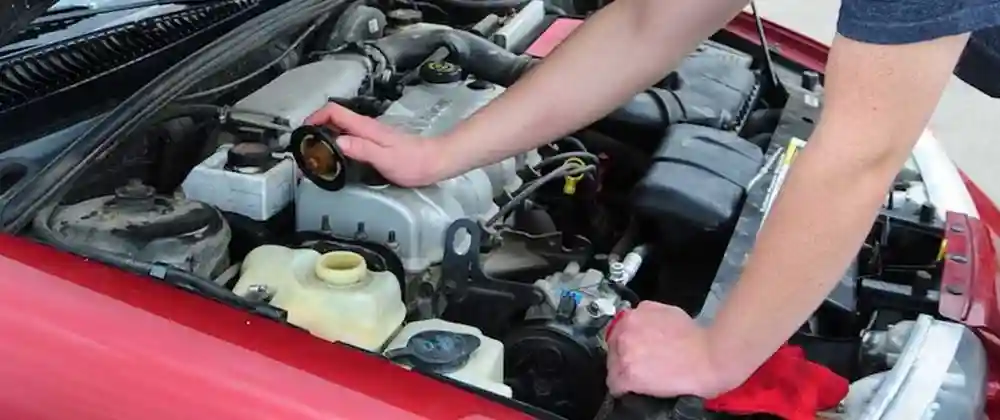The coolant temperature reading, also known as the car’s temperature gauge is an important indicator of your engine’s health. Often car enthusiasts find it a technical aspect of car inspection but it is not!
If you are looking for the correct ways of coolant temperature reading, this guide is a one-stop solution for you.
Related Post:
Does Running AC Affect Car Coolant?
Can I Mix Red & Green AntiFreeze?
What is Coolant Temperature Reading?
Coolant temperature sensor is located on the thermostat housing or near the thermostat inside the cylinder. You can always install a second coolant sensor in the radio or other part of engine. It helps with accurate readings providing more security to the car from engine overheating.
An overheated engine can be fatal to your vehicle, it is essential to keep an eye on the engine coolant temperatures to avoid any such situation.
With the evolving technology, the temperature sensors are evolved that keep track of the coolant temperature and flash an indicator light when the coolant temperature is considerably high.
These features are installed in most modern calls to avoid the engine overheating and any considerable damage. In this blog post, we will discuss the ideal coolant temperature reading and the methods to fix the high coolant temperature.
What Reflects Right Coolant Temperature Reading?
The average operating temperature of your engine stands between 165 to 195 degrees Fahrenheit, with most vehicles not displaying the engine coolant temperature on their instrument cluster. Only the markings indicate the temperature as low or high. If the temperature needle is resting close to or even in the middle of the marking, the temperature is average. The engine approximately takes 1-2 minutes to reach its average temperature.
When you start the car, the temperature is at its lowest point. But this does not mean the coolant temperature is low. As the engine warms up, the needle will start rising.
It is essential to monitor where the needle rests when the engine is fully warm. In some cases, the car’s temperature gauge does not reach the middle. Take a note of where the needle rests when the engine is fully warm. When the needle starts rising, it indicates that the temperature rises.
It is worth noting that the overloading on an engine due to AC at full blast or when towing, the temperature goes up, and it is normal.
However, if you notice the abnormal temperature rise, you should pull up your car, switch off the AC, and turn off the engine. Open the bonnet and let the car sit for 1 hour to cool down. After 1 hour, check the coolant level and top it up if required.
A consistent rise in temperature indicates that there could be some potential issues with the components leading to temperature rise. Other reasons could be low coolant level, bad radiator fan, lousy water pump, fan clutch or blown head gasket.
Most modern vehicles are equipped with temperature lights replacing the traditional temperature gauges. The blue light indicates that the engine is below its operating temperature. Once the light disappears, the engine is at the operating temperature.
If the car overheats, you can notice the red temp or yellow light. You must stop the vehicle and turn off the AC and the engine at this point to avoid any engine damage due to overheating the engine.
What Is Lower Than Normal Coolant Temperature?
If the Coolant temperature reading falls below 165 degrees Farenheit, it means that the heat discharge from the engine is insufficient. It may lead to poor fuel economy along with reduced engine efficiency. It may adversly affect the computer input sensor signal.
How Do I Know If My Coolant Temperature Sensor is Faulty?
The irregular temperature readings are one of the prominent ways to tell that there may be some problem with the coolant temperature sensor. If you observe wide fluctuations in the noted readings, then chances are high that the problem is not with your engine but with your car’s temperature gauge.
Some other causes of the faulty sensors can be:
- Temp warning light
- Black smoke coming from the engine
- Overheating engine
- Poor fuel economy
- Check engine light
Can A Faulty Coolant Gauge Affect Other Sensors?
Yes, It can affect the other functions of your car as transmission shift points, idle speeds, timing, EGR, mixture and other emission controls.
Are Engine Temperature and Coolant Temperature are same?
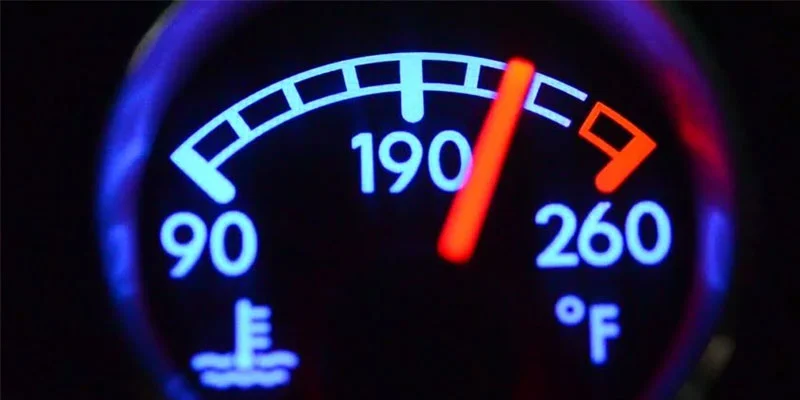
Coolant temperature sensors are located on the pipe transporting the antifreeze and on cylinder heads to take account of coolant and engine temp. Around the cylinders, the engine temperature is higher than the coolant temperature. However, as both the temperatures are measured and controlled by a single sensor, they are often referred to as the same.
Why is Engine Bay so Hot?
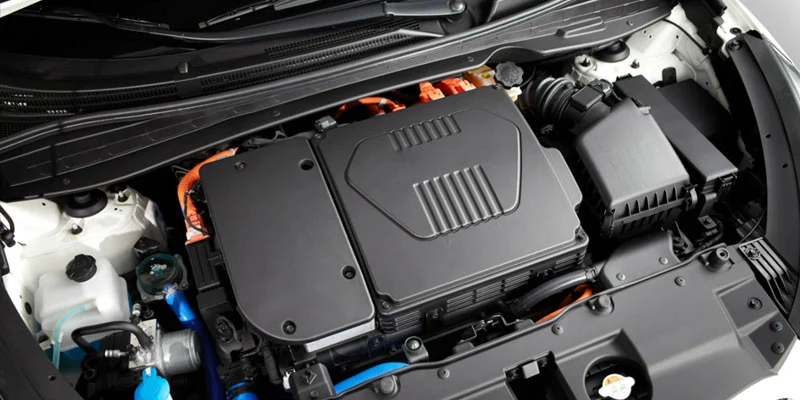
The two prime reasons for the Engine bay running so hot could be internal components such as the internal combustion engine or issues with the cooling system component. It would help if you got your vehicle checked by an experienced mechanic to address this issue on priority.
Why is Temp Too High for Coolant?
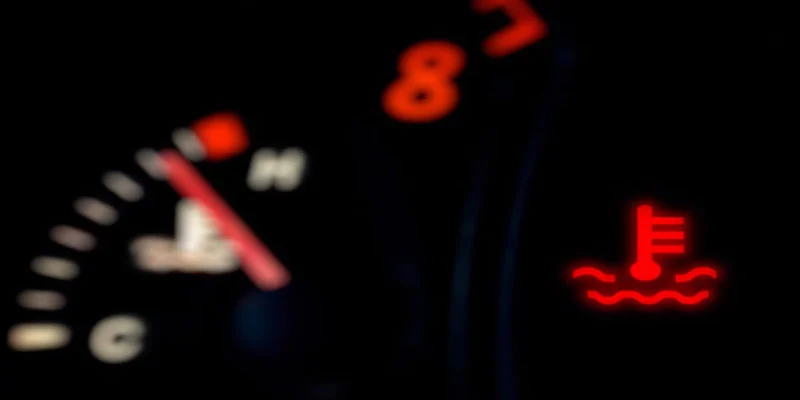
The average coolant temperature varies between 75 to 195 degrees Fahrenheit. If your engine is running hot higher than this temperature, there must be some problem with any of the internal components,s or maybe the coolant level is inadequate.
Tips to Fix the High Coolant Temperature
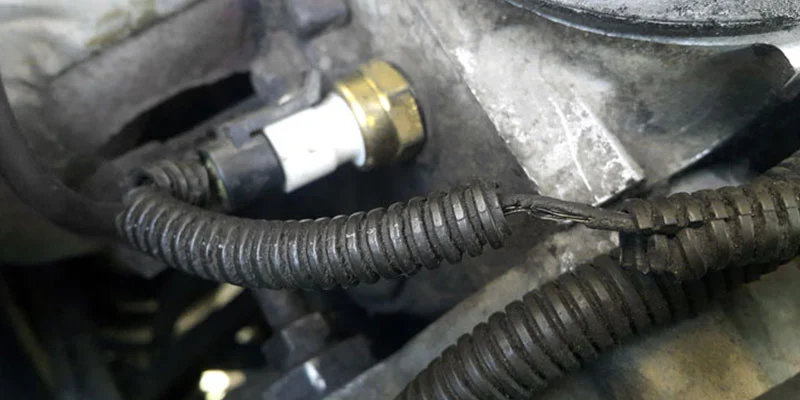
If you find the high temperature for your engine on a hot afternoon, turn off the air conditioner to reduce the load over the engine.
If the high temperature for your engine persists, pull off your call at the roadside and turn off the engine. Let it cool down for 30 minutes and arrange for towing.
Inspect the cooling components of your car’s engine to find out the problem (if any). Also, check the coolant levels. If the levels are low, top up with antifreeze to get the engine running at its average operating temperatures.
Frequently Asked Questions
How Many Coolant Temperature Sensor in A Car?
Few cars come with only 1 coolant temperature sensor while many modern cars come with 2 coolant temperature sensors. One sends the information from the engine system unit and the other sends it to the dashboard from the control unit.
Does The Coolant Temperature Sensor Control Fan?
Although the coolant temperature sensor does not control the fan it plays a vital role in controlling the engine fan. It sends the indication to Engine Control Unit (ECU) about the engine overheating status so that ECU can further regular the fan as per the temperature requirements.
Can Coolant Temperature Sensor Affect AC?
Yes, a bad temperature sensor results in inconsistent cooling. The automated function of AC is controlled by the coolant temperature sensor, the failure of the sensor interferes with the system’s ability to provide efficient cooling.
Conclusion
Running your vehicle at an extremely high temperature can be fatal for your engine. If you find the coolant temperatures to be running high, you must consult a mechanic to undertake an inspection of your car. Check for the coolant levels regularly and top up regularly when required to avoid overheating issues due to low coolant levels.

My Name is Christopher Angels, and I am a postgraduate in mechanical engineering. Cars have always excited me as a child, and soon I decided to dive into the world of cars by pursuing mechanical engineering. I also worked as a Mechanic for over 3 years to understand Cars’ anatomy and how each part contributes to its working.
My Name is Christopher Angels, and I am a postgraduate in mechanical engineering. Cars have always excited me as a child, and soon I decided to dive into the world of cars by pursuing mechanical engineering. I also worked as a Mechanic for over 3 years to understand Cars' anatomy and how each part contributes to its working.

